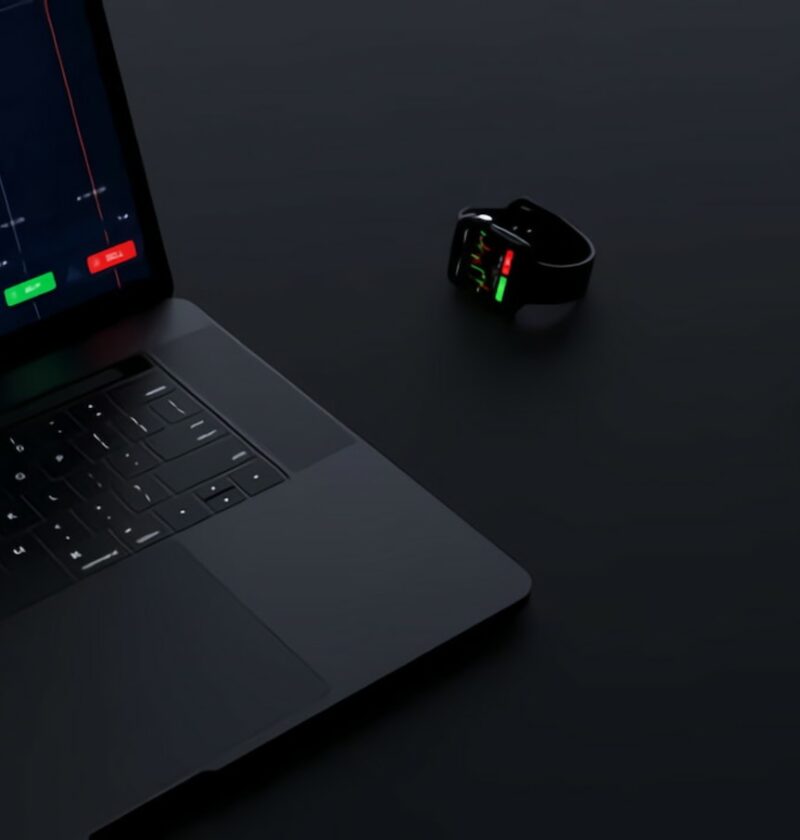If you’re determined to succeed in Forex trading at a high school level, start by understanding the significance of various order types when choosing your trading platform. In Forex markets, several order types come into play during trading, including limit orders, stop-limit orders, or trailing stop losses. As such, knowing which type suits you best is essential in attaining success as a trader since each offers positives and negatives depending on individual goals.
Market Orders
As we look towards new Forex brokers in 2023, we must consider the various order types these brokers offer. Understanding a Forex broker’s various order types is important, as they can significantly impact your trading strategy.
One such type is the market order, which involves buying or selling a currency pair at the current market price. Market orders are the simplest, allowing traders to buy or sell at the current market price. While market orders offer fast execution and simplicity, they also carry the risk of price slippage during high market volatility, which can result in unexpected losses.
Limit Orders
Limit orders are a trading technique to buy or sell currency pairs at a predetermined price or better. This technique gives traders more control over their trades as they can guarantee execution at the desired rate or something superior if it becomes available in the market. An important benefit of limit orders is that traders can fix entry and exit positions for a particular trade. However, there is one major disadvantage: if the stipulated rate isn’t met as markets shift, profitable opportunities could be missed.
Stop Orders
A stop order is an example of an order activated when the market reaches the stop price, which is a particular price level. When trading in the forex markets, this kind of order is frequently used to restrict prospective losses or to lock in winnings.
Stop orders’ main benefit is that they can aid traders in risk management and safeguard their positions from unforeseen changes in the market. However, a drawback of stop orders is that they are not always guaranteed to be executed at the exact stop price, particularly in unpredictable market conditions.
Stop-Limit Orders
A form of order known as a stop-limit order combines the characteristics of stop and limit orders. When an asset hits a given price, they enable traders to buy or sell it, but with the additional restriction that the order will only be carried out within a specific price range. Losses can be reduced, and risk can be managed by doing this. The order might not be carried out if the price changes too quickly or abruptly, meaning lost trading possibilities. Before employing stop-limit orders, assessing the benefits and drawbacks is crucial before employing stop-limit orders.
Trailing Stop Orders
A stop loss can be set by traders using a trailing stop order at a specified percentage or dollar amount from the market price. As the market price moves in the trader’s favor, the stop loss will follow, locking in winnings while reducing possible losses.
A trailing stop order’s key benefit is that it enables traders to participate in potentially significant price moves without continually watching the market. The drawback is that a sharp price change can offset the stop loss before the trader has earned their maximum profit.
One-Cancels-the-Other Orders
A one-cancels-the-other (OCO) order enables traders to place two orders at once, intending that the first order will take the place of the second. To limit potential losses, a trader can simultaneously place a sell order with a stop loss and a buy order for a currency pair. The other order is instantly canceled if either the buy or sell order is carried out.
The benefit of using an OCO order is that it enables traders to efficiently control their risk, potentially enhancing their chances of profitability. The drawback is that it could be more difficult to set up and might demand more focus from the trader to ensure proper execution.
Other Things to Consider
Beyond order types, there are other things to consider when selecting a forex broker. A registered broker with a user-friendly trading platform that offers resources like charting tools and real-time news updates is a must-have. It’s also important to consider deposit and withdrawal alternatives, including costs and processing times.
Conclusion
Success in currency trading depends on choosing the appropriate Forex broker. It’s crucial to consider the various order types a broker offers when making your choice. Understanding the benefits and drawbacks of each order type will enable you to choose your trades wisely. You can improve your chances of success by picking a broker that provides a range of order types compatible with your trading approach. To attain your trading objectives, take your time, do your research, and select a Forex broker that offers the order types you require.







